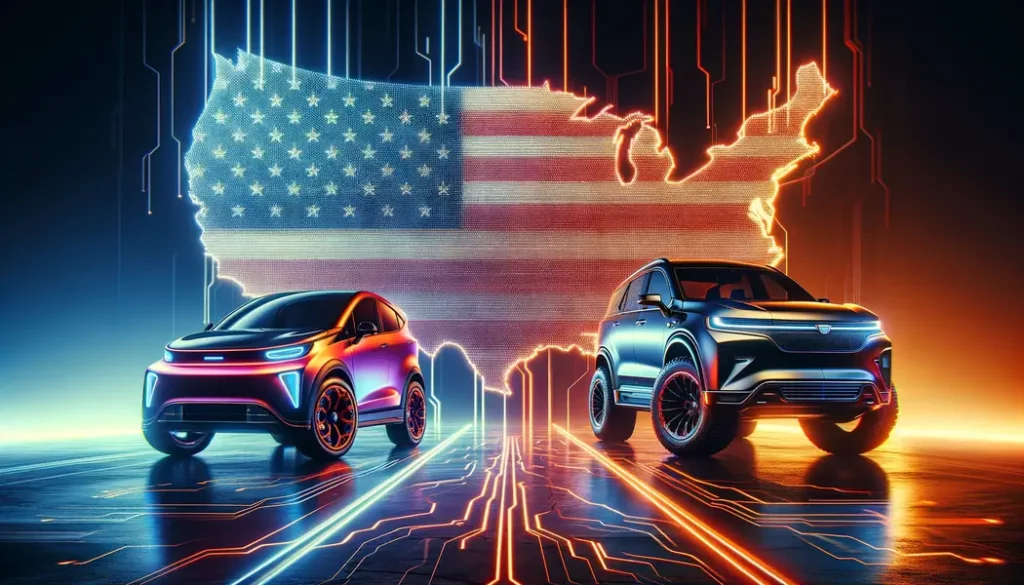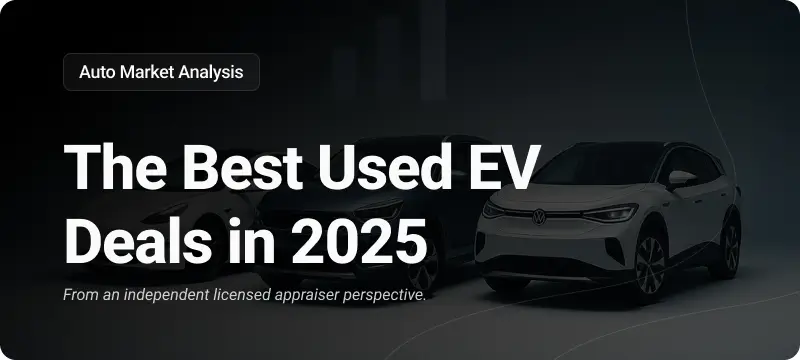Once upon a time in a bustling American city, Arvind Srinivasan was on a quest. His mission? To find an electric vehicle (EV) that wouldn’t break the bank. While exploring his options, he stumbled upon a realm where EVs were not only abundant but also surprisingly affordable. However, there was a catch—these budget-friendly chariots were made in China and burdened with a hefty 27.5% tariff, making them a rare sight in the U.S. This left Arvind, and many like him, in a quandary—choose affordability or support national industry?
In the U.S., the dream of owning an EV comes with a high price tag. While luxury electric SUVs, the “filet mignon” of cars, are increasingly common, the “hamburger” — small, affordable EVs — is nearly impossible to find. Arvind’s journey ended with a compromise: a new Chevy Bolt, one of the few EVs nearing his budget.

How Chinese EVs Challenge the American Auto Industry (PDF)
The Barrier of Tariffs and the Call for Protectionism
Why are Chinese EVs, such as the $10,000 BYD Seagull, not sold in the U.S.? It’s not just about the price but also national security concerns and protectionism.
Initially imposed by President Donald Trump and extended under President Joe Biden, heavy tariffs have effectively kept these budget-friendly EVs at bay.
This year, the U.S. Commerce Department even launched an investigation into whether Chinese vehicles’ navigation systems could spy on Americans, potentially leading to even stricter regulations.
The Economic and Political Quandary
For consumers like Arvind, the availability of cheap Chinese EVs presents both an opportunity and a dilemma. These vehicles could dramatically lower barriers to electric vehicle adoption, advancing environmental goals.
However, their presence could devastate a key sector of the U.S. economy: auto manufacturing. The Biden administration’s climate strategy emphasizes supporting U.S. jobs even as it seeks to promote cleaner technologies.
The Impact on the Auto Industry
Automakers in the U.S. are scrambling to adapt. Companies like Ford, GM, and Stellantis are pouring billions into developing more affordable EVs. Yet, they face a ticking clock.
Volvo, owned by a Chinese company, plans to sell a Chinese-made EV in the U.S. this summer at a budget-friendly price, albeit above $35,000 due to the tariff, which the company absorbs.
Consumer Perspectives and the Global Market
From the consumer’s viewpoint, the situation is frustrating. Bonnie Dixon, another car shopper, finds herself caught in a similar bind.
On a tight budget and in need of a reliable, long-range EV, the current market offers her no viable options. She wishes for more affordable EVs made in the U.S. but finds the available choices lacking.
The Complicated Nature of Climate Goals
Environmental advocates like Katherine García of the Sierra Club argue that delaying the entry of Chinese EVs could give U.S. manufacturers time to produce cleaner, more sustainable vehicles. This aligns with broader climate goals but complicates immediate needs for emission reduction.
In conclusion, the challenge posed by Chinese EVs to the American auto industry encapsulates a broader debate about economic security, environmental sustainability, and global competitiveness. As this dynamic unfolds, one must ask: Is the U.S. auto industry ready to evolve rapidly enough to meet both economic and environmental imperatives?





